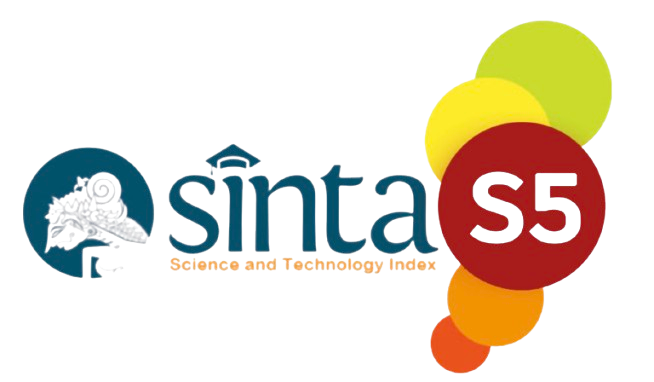The Effect of PNP Learning Model and Diction Mastery on The Ability to Write Exposition Texts in Junior High School Students
Keywords:
mastery of diction, PNP learning model, writing expository textAbstract
The purpose of writing this article is to determine the effect of the picture and picture learning model and diction mastery on the ability to write expository texts for Class VIII SMP Negeri 3 Penawartama students. The method used in this research is experimental with treatment by level design. This experimental method is used to examine whether there is a causal relationship by giving treatment to the experimental group whose results are compared with the results of the control group. The research method designed to determine the magnitude of the effect between different variables by looking at the magnitude of the difference with the Analysis of Variance (ANOVA) technique. In this study, the ability to write expository text was given treatment with the picture and picture learning model, the population was class VIII students at SMP Negeri 3 Penawartama. The total sample is 68 students who are spread out in class VIII A as the experimental class and class VIII B as the control class. The results show that the average ability to write exposition texts using the picture and picture learning model that has high diction mastery (A1B1) = 74, 90 If we compare the use of the two learning models to students who have low diction mastery. In students who are taught with the picture and picture learning model with low diction mastery (A1B2) the average is 71, 37. Thus the average ability to write exposition texts of students who use the picture and picture learning model is higher than the average writing ability exposition text that uses conventional learning models in each different diction mastery.
References
Black, J. B. (2017). An exposition on understanding expository text. In Understanding expository text (pp. 249-267). Routledge.
Grabe, W., & Kaplan, R. B. (2014). Theory and practice of writing: An applied linguistic perspective. Routledge.
Graham, S., & Hebert, M. (2011). Writing to read: A meta-analysis of the impact of writing and writing instruction on reading. Harvard educational review, 81(4), 710-744.
Maba, W., & Mantra, I. B. N. (2018). The primary school teachers’ competence in implementing the 2013 curriculum. In SHS Web of Conferences (Vol. 42, p. 00035). EDP Sciences.
Prihantoro, C. R. (2015). The perspective of curriculum in Indonesia on environmental education. International Journal of research studies in Education, 4(1), 77-83.
Taylor, B. M., & Beach, R. W. (1984). The effects of text structure instruction on middle-grade students' comprehension and production of expository text. Reading research quarterly, 134-146.
Weigle, S. C. (2002). Assessing writing. Cambridge University Press.
Westby, C., Culatta, B., Lawrence, B., & Hall-Kenyon, K. (2010). Summarizing expository texts. Topics in Language Disorders, 30(4), 275-287.














